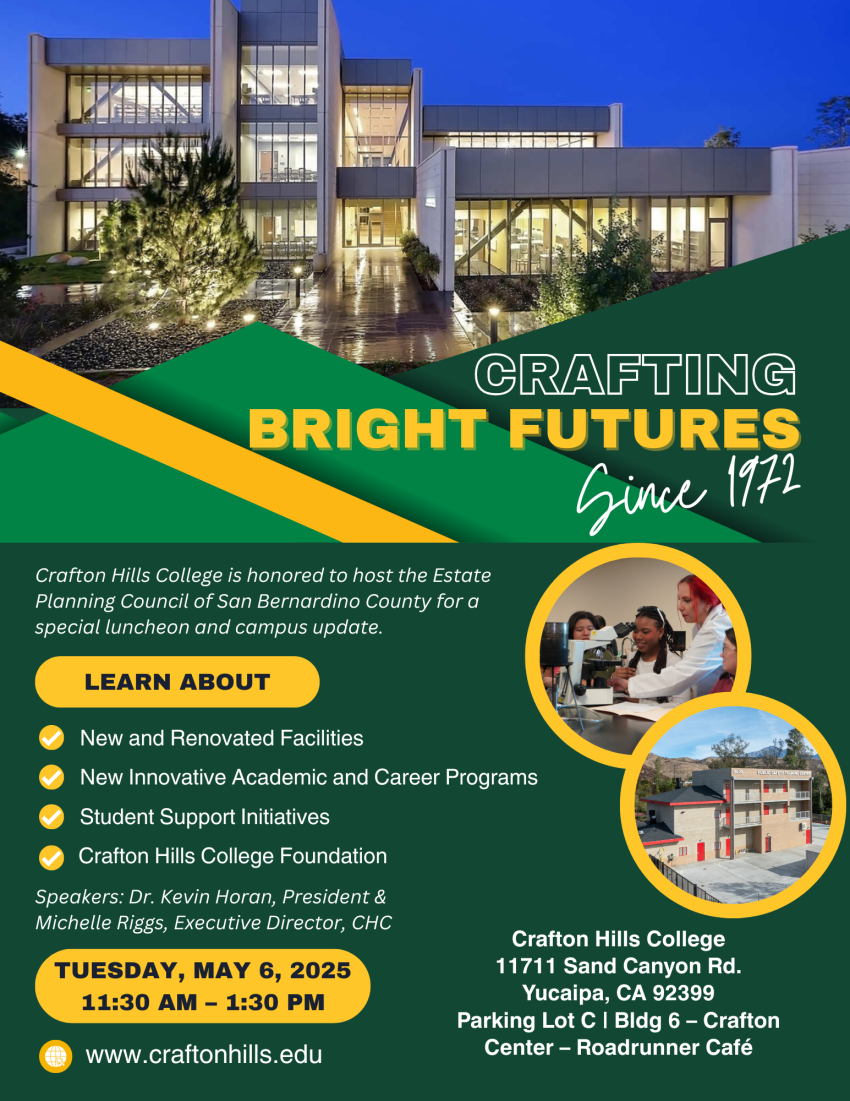Legal Landscape of Assisted Reproduction
We are excited to announce that our October speaker will be Professor Kristine S. Knaplund who will speak on a newly developing topic of the LEGAL LANDSCAPE OF ASSISTED REPRODUCTION.
THIS IS A MEMBERSHIP RECRUITMENT MEETING, PLEASE BRING A POTENTIAL MEMBER AS A GUEST...THEY WILL BE GUESTS OF THE ESTATE PLANNING COUNCIL OF SB , THE COST OF THEIR DINNER AND MEETING WILL BE PAID FOR BY THE COUNCIL.
Kristine S. Knaplund (Pepperdine University School of Law) has posted Children of Assisted Reproduction (University of Michigan Journal of Law Reform, Vol. 45, No. 4, p. 899, Summer 2012) on SSRN. Here is the abstract:
- More than three decades after the birth of the first child conceived through in vitro fertilization, few states have comprehensive statutes to establish the parentage of children born using assisted reproduction techniques (ART). While thousands of such children are born each year, courts struggle to apply outdated laws. For example, does a statute terminating paternity for a man who donates sperm to a married woman apply if the woman is unmarried? In 2008, the Uniform Probate Code (UPC) added two much-needed sections on the complicated parentage and inheritance issues that arise in the field of assisted reproduction. Yet it is unclear whether states will enact these new UPC sections; few states have enacted comparable provisions of the Uniform Parentage Act (UPA). The issues can be controversial, particularly regarding children born years after an intended parent’s death, or when the discussion turns to enforcement of a contract for a gestational carrier, the preferred term for a surrogate mother.
